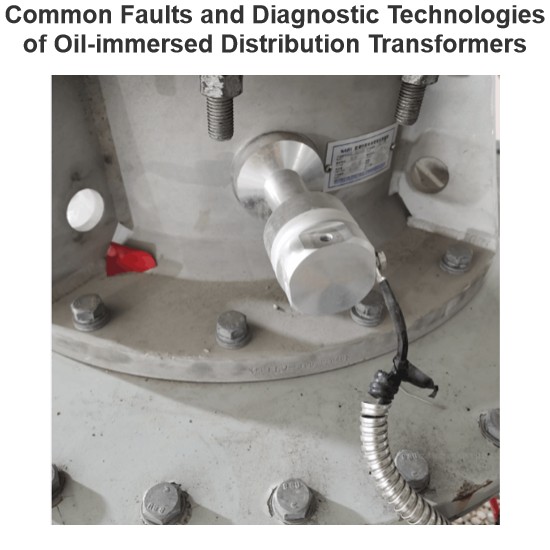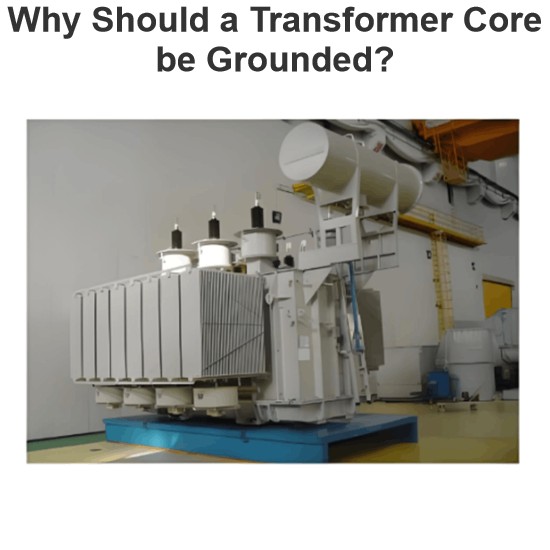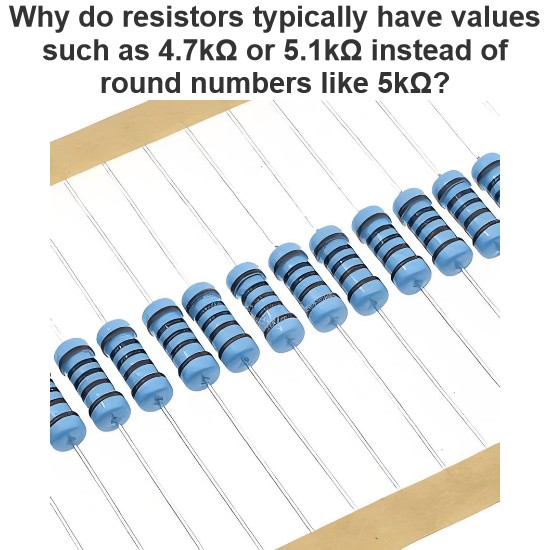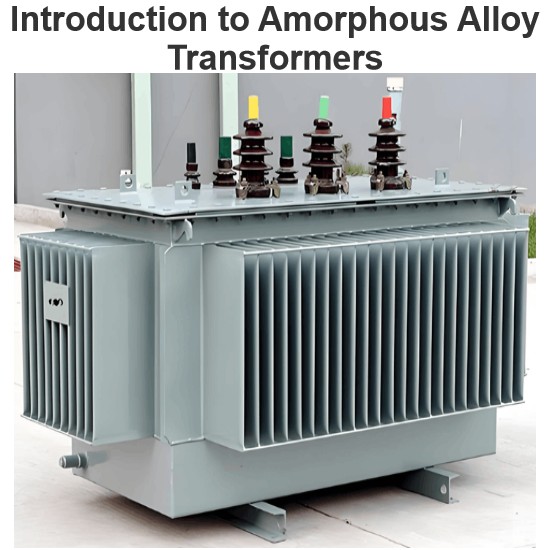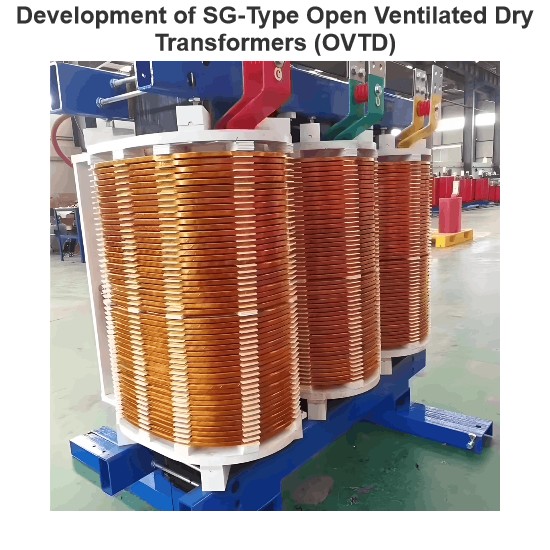| Brand | Wone Store |
| Model NO. | KWJC - 1000 Series High - Current Test Bench |
| Rated voltage | 220V |
| Rated capacity | 3kVA |
| Series | KWJC - 1000 Series |
Overview
The KWJC - 1000 High - Current Test Bench is a new - type verification bench designed and developed by our company in accordance with the GB14048 《Low - voltage Switchgear and Control gear》 standard, the technical standards of relevant products, and users' special requirements.
This verification bench is composed of new - type components such as a voltage regulator, a current booster, a high - precision ammeter, a voltmeter, an AC contactor, buttons, and indicator lights. It can be used by production manufacturers or relevant quality inspection departments to conduct over - current and temperature rise tests on switches for safety assurance.
Parameters
Project |
Parameters |
|
Power input |
Rated voltage |
AC 220V±10% 50Hz |
Power Input |
2-phase 3-wire |
|
rated output |
Rated capacity |
3kVA |
Output current value |
0~1000A |
|
Error |
≤1% |
|
waveform distortion |
≤1% |
|
Instrument Accuracy |
Ammeter accuracy |
Level of 1 |
Voltmeter accuracy |
Level of 1 |
|
Operating temperature |
-10℃-45℃ |
|
Environmental humidity |
20%~80%RH |
|

